Born 20 July 1873 in the state of Sao Paolo, Alberto Santos Dumont moved to Paris in 1891 but never forgot his birthplace. He soon began experimenting with flying, and designed his first balloon, the Brasil, in 1898. He later built and flew 11 dirigibles, including the prize-winning Number 6. He flew his first airplane, the 14 bis, on 23 October 1906, the first aircraft to take off and land without any external assistance. His many other contributions to aviation included his 1909 Demoiselle, the precursor to modern light airplanes.
Aerospace & Aviation
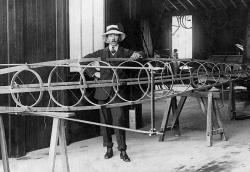
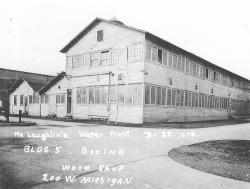
This former shipyard was the first home of the The Boeing Company, founded in 1916. Affectionately called the Red Barn, this structure was built in 1909, and became the historic birthplace of Boeing aircraft production. Starting with the Boeing Model C, all early Boeing production took place in this building. Here, the entrepreneurial spirit of William E.

On this 84-acre meadow in 1904 and 1905, the Wright Brothers successfully mastered the mechanics of controlled, powered, heavier-than-air flight. The brothers also built the world’s first airport here, and in 1910 the Wright Company School of Aviation established a flying school on the site and trained many of the world’s first pilots, including some of the first military pilots, such as Thomas DeWitt Milling.
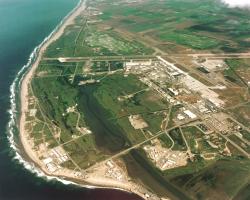
Established in 1946 to provide a comprehensive test and evaluation site for tactical missiles, Point Mugu has been instrumental in the development, test, evaluation and in-service support of systems including Regulus, Sparrow, Phoenix, Bullpup, Harpoon, SLAM, Tomahawk, Standard, and Rolling Airframe Missile. The first missile launch from an operational submarine was also accomplished at Pt. Mugu.
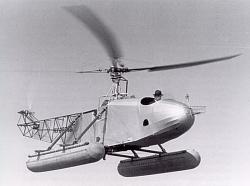
Igor I. Sikorsky, engineering manager of the Vought – Sikorsky Division of the former United Aircraft Corporation, used the Stratford, Conn., sites to design, build, and test his innovative helicopter designs. Sikorsky’s VS-300 model helicopter was the world’s first design which used the now industry-standard single main rotor with an auxiliary anti-torque tail rotor.
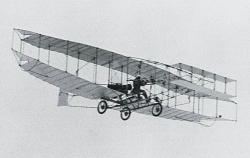
AIAA designated Baddeck, Nova Scotia as a historic site, providing a plaque to commemorate the centennial of the first powered flight in Canada. On February 23, 1909, piloting the “Silver Dart,” J.A. Douglas McCurdy took off from the frozen surface of Bras d’Or Lake at Baddeck Bay, and flew for close to one kilometer before landing safely on ice. The plane had been created by Mabel and Alexander Graham Bell’s Aerial Experiment Association, formed in 1907 to build and fly experimental aircraft.
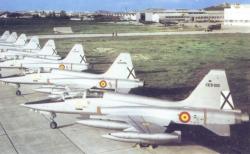
Getafe Airfield was the site of the world’s first successful rotorcraft flight, on January 17, 1923. Lieutenant Alejandro Gómez Spencer piloted a C.4 Autogiro designed and built by Juan de la Cierva, who tested a series of autogiros between 1920 and 1924 at the Getafe site. Cierva’s autogiros introduced important technologies and flight techniques that led to the development of helicopters and other rotary wing aircraft.
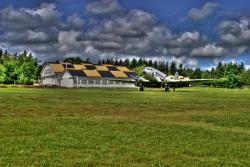
Pearson Field, named for U.S. Army Lt. Alexander Pearson Jr., a prominent early aviator who died in an airplane crash in 1925, is the oldest continuously operating airfield in the Pacific Northwest, and one of the oldest in the United States. In 1905, the field, then known as the Fort Vancouver Polo Grounds, was the landing site for a dirigible launched from the Lewis and Clark Centennial Exhibition in Portland, Ore. This marked the first crossing of the Columbia River by air, and the first time an airship was used to deliver a letter.
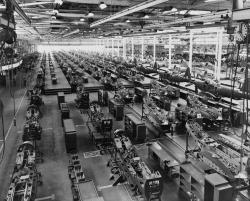
Bell Aircraft, founded in 1935 by Lawrence Dale “Larry” Bell, based its primary manufacturing facility in Wheatfield, New York, where several important aircraft were designed and produced. During the World War II era, the plant produced the P-39 Airacobra and the P-63 Kingcobra fighters. The P-39 was used to great effect by the Soviet Air Force, with the highest number of individual kills recorded by any U.S.-produced fighter aircraft during the war. The plant also designed and manufactured the P-59A Airacomet, the first U.S.
On 19 August, the AIAA Historic Aerospace Sites Committee dedicated Kitty Hawk, NC, as a historic aerospace site, following a decades-long negotiation with the U.S Park Service. A historic marker was unveiled at a 0930 hrs ceremony as part of the First Flight Society’s National Aviation Day at Kitty Hawk. At this site on 17 December 1903, Orville and Wilbur Wright achieved the first sustained, controlled heavier-than-air flight of an aircraft, opening a new era of transportation throughout the world.
Innovations
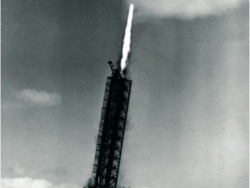
Long Range Weapon Establishment
Established in 1947 as a joint project between Britain and Australia, the Long Range Weapon Establishment, more familiarly known as the Woomera Rocket Range, has…
Read More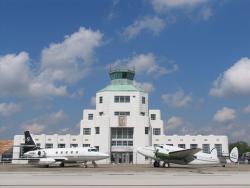
The 1940 Air Terminal is a beautiful and rare example of classic art deco airport architecture from the golden age of flight. Designed by noted architect Joseph Finger, the Terminal was built to meet Houston’s growing role as a major center for air commerce in the 1930s. Its grand…
Read More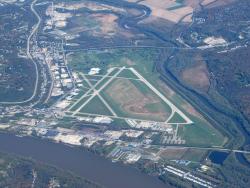
Lunken Field, now also known as Cincinnati Municipal Lunken Airport, opened in 1925 on ground purchased from the Cincinnati Polo Club. The nation’s largest municipal airport at the time, it attracted several aerospace enterprises, starting with early aviator J. Richard “Dixie” Davis, who…
Read MoreThe Cincinnati Observatory, “The Birthplace of American Astronomy,” is the oldest professional observatory in the United States. Ormsby MacKnight Mitchel, the “Father of American Astronomy,” founded the observatory in 1842. John Quincy Adams laid the cornerstone for the…
Read More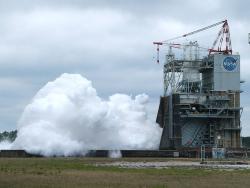
This rocket propulsion test complex was created to flight-certify all first and second stages of the Apollo Saturn V rocket. The first test-firing occurred on April 23, 1966. Subsequent to the Apollo Program, these test stands were modified to support the testing requirements of the…
Read More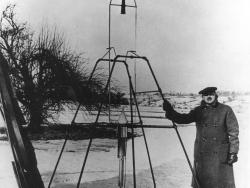
On March 16, 1926 Dr. Robert H. Goddard, also known as "the father of modern rocketry," launched the world’s first liquid propellant rocket from a point 1000 feet S.S.E. of the plaque on the property of the Asa M. Ward Family. Erected by the American Rocket…
Read More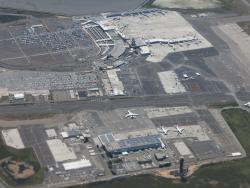
This site, formerly known as Oakland Municipal Airport, served as the gateway to the Pacific during aviation’s pioneering age of trans-Pacific flight. Among other notable events, Albert Hegenberger and Lester Maitland departed from the airfield on 28 June 1927 on the first flight…
Read More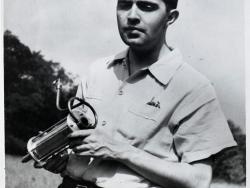
The first company in the United States dedicated solely to the production of the liquid rocket engine, Reaction Motors, Inc. (RMI) was formed in 1941. Its four founders were rocket enthusiasts and members of the American Rocket Society. RMI developed the rocket motors that powered…
Read More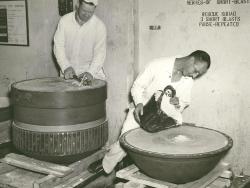
Built in 1880 as the Piccatinny Powder Depot, this site was the major supplier of smokeless powder to the military for many years. Since World War II, Picatinny Arsenal has been at the forefront of research, design, and development of a wide variety of advanced munitions for ground, airborne and…
Read More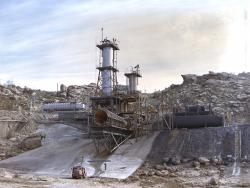
On 15 November 1950, the SSFL conducted its first official test with a Rocketdyne-designed XLR43-NA-1 large liquid propellant rocket engine, which later became the Redstone engine. Encompassing 2558 acres, 18 large static test stands, 5 component test laboratories and an advanced…
Read More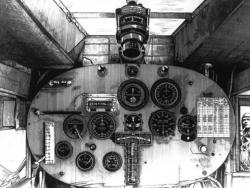
On this site, which was the Dutch Flats Airport, Charles A. Lindbergh made the first flight of his Spirit of St. Louis airplane, constructed in 60 days by dedicated employees of Ryan Airlines, Inc. The 20-minute flight on 28 April 1927 was witnessed by those who built the aircraft.…
Read MoreT.S.C. Lowe’s Observation Flight
Thaddeus Sobieski Constantine Lowe demonstrated the use of a hydrogen-filled balloon in aerial reconnaissance through a series of tethered ascents in June, 1861 in front of…
Read MoreThe Purdue University Airport was the first collegiate owned airport in the United States. It hosted Amelia Earhart for her final adventure, was the training ground for test pilots such a Jimmy Johnson and Ivan Kincheloe, balloonist Malcolm Ross, and astronaut Neil Armstrong.…
Read More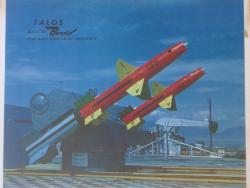
This site, originally the home of the Eclipse-Pioneer Division of the Bendix Aviation Corporation, has produced navigational instruments and engine components since 1938. Providing instruments that flew with Lindbergh across the Atlantic, and Admiral Byrd in the cold of Antarctica;…
Read More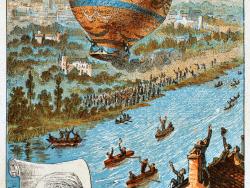
On 4 June 1783, Joseph Michel and Jacques Etienne Montgolfier captured the imagination of the world with their first balloon flight at Cordeliers Square. There were no passengers, but the Regional Council and the whole town population saw the machine go up and stay aloft at…
Read More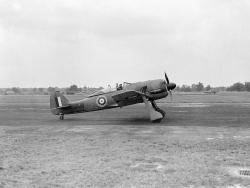
Farnborough's aeronautical history began in 1905 with the arrival of HM Balloon Factory in 1905, headed by Lt Col J.L.B. Templer. In 1908, the first powered aeroplane flight in Great Britain took place here, piloted by Samuel Cody. In 1912, Lord Trenchard established the first…
Read More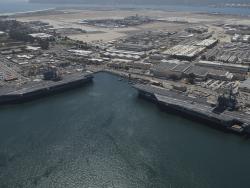
Known as the birthplace of Naval Aviation, North Island was the site of the first successful seaplane flight and the first amphibious flight in the U.S., both made by Glenn Curtiss. The first Naval pilot, Lt. T.G. Ellyson, was trained here at the Curtiss Aviation Camp. A flight…
Read More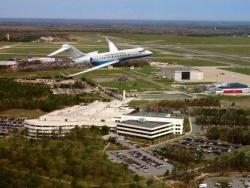
This Federal Laboratory has played a pivotal role in creating our modern air traffic control system. Established as the National Aviation Facilities Experimental Center in 1958, the Technical Center’s research and engineering achievements, and its direct support to airports and FAA…
Read More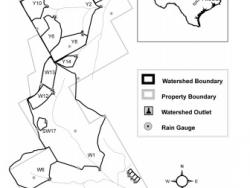
In the mid 1930's, the USDA Soil Conservation Service (SCS) realized the importance of hydrologic processes on agricultural fields and watersheds and determining their impact on soil erosion, floods, water resources, and the agricultural economy. In response, the SCS Hydrologic Division…
Read More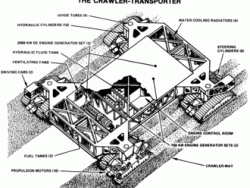
The crawler-transporters, formally known as the Missile Crawler Transporter Facilities, are a pair of tracked vehicles used to transport spacecraft from NASA's Vehicle Assembly Building (VAB) along the Crawlerway to Launch Complex 39. They were originally used to transport the Saturn IB and…
Read More

